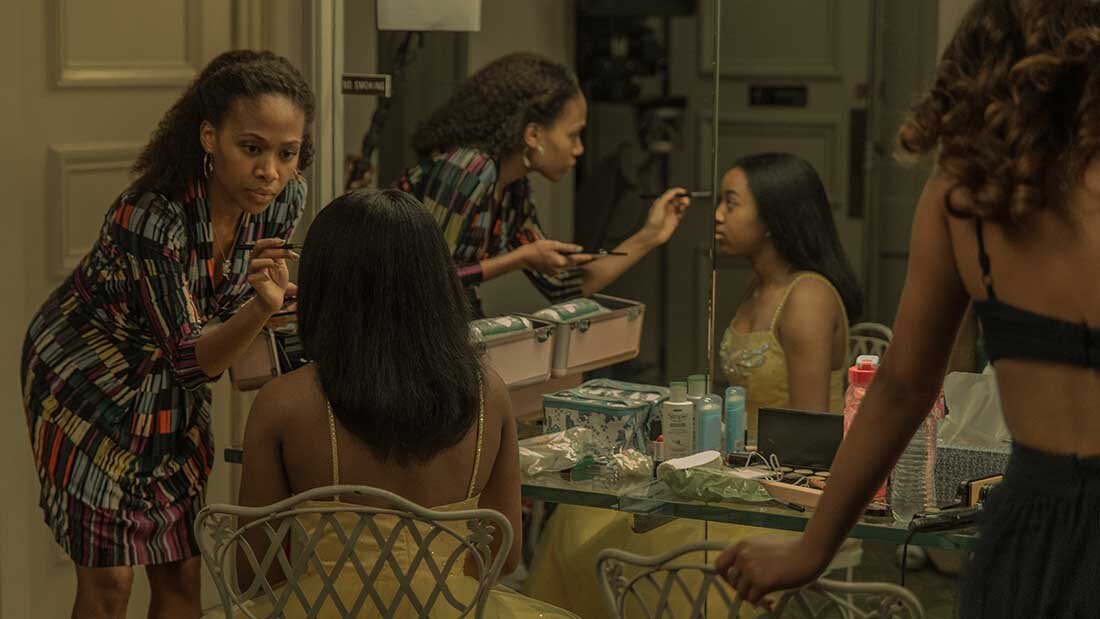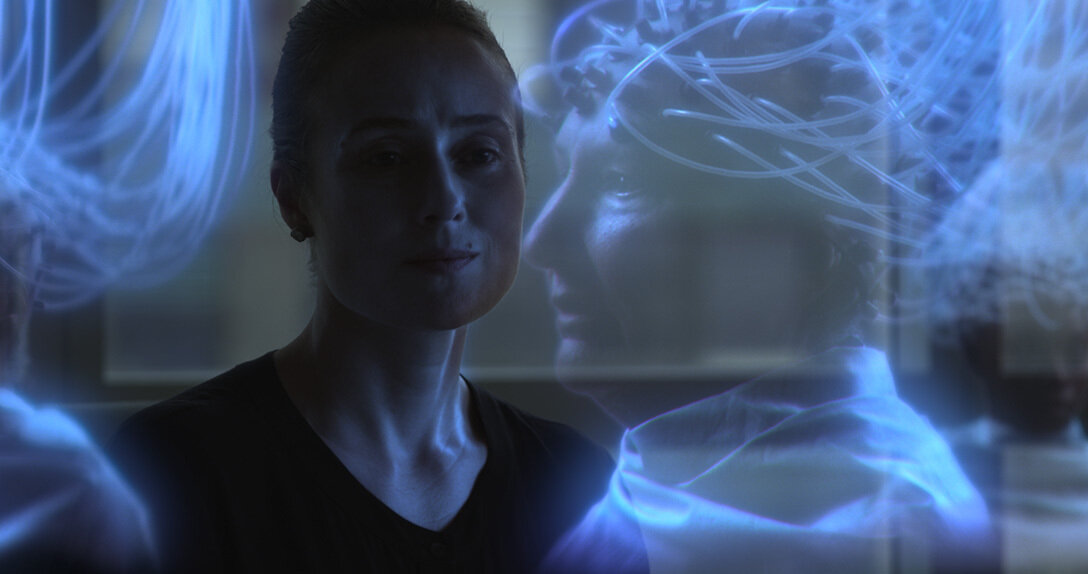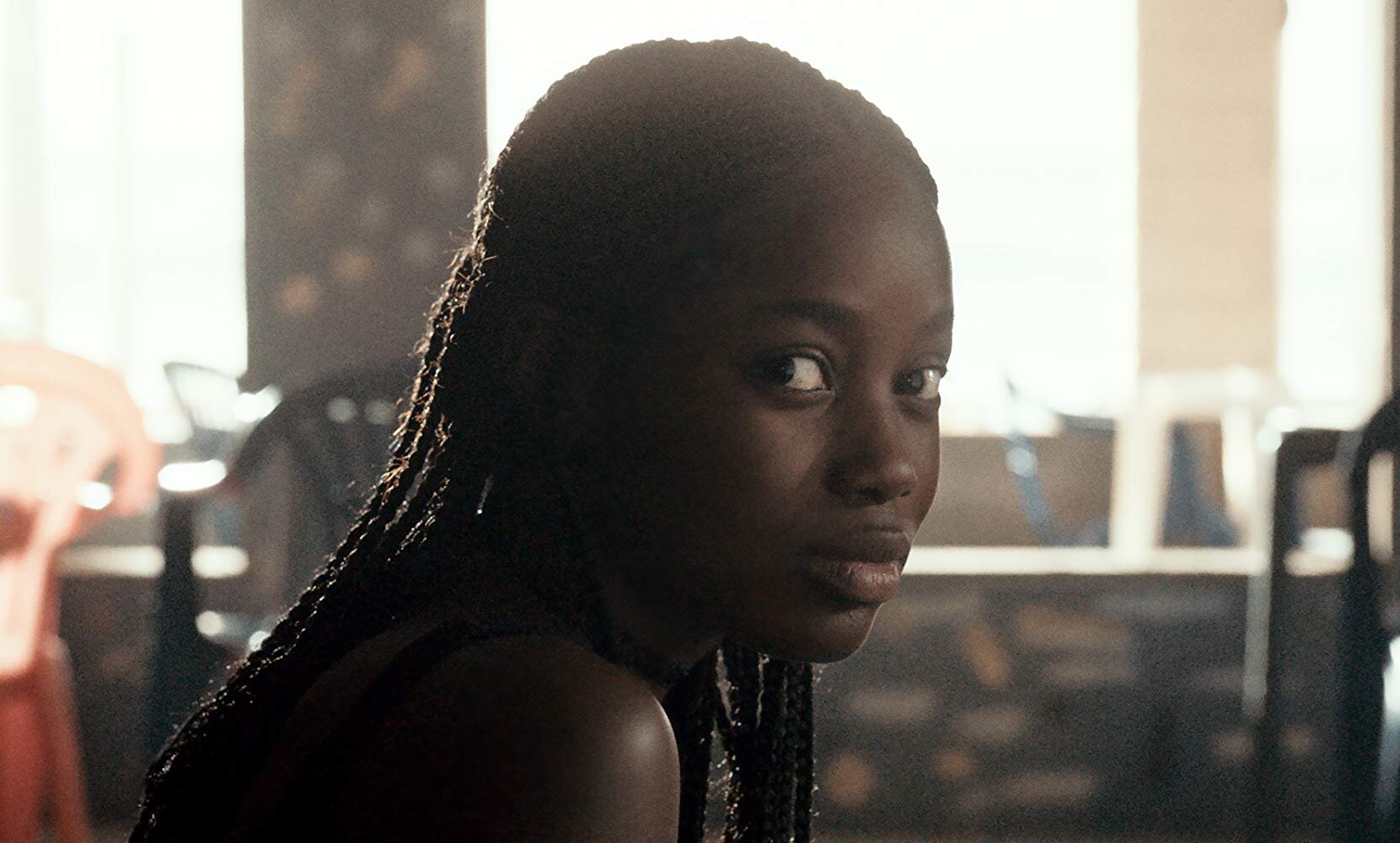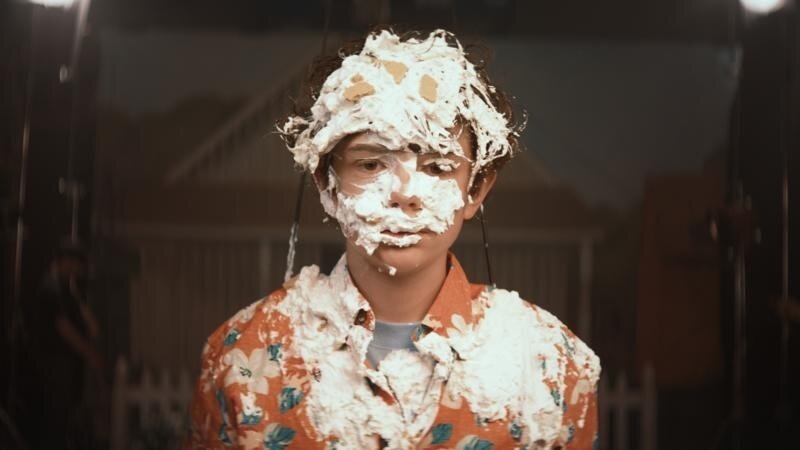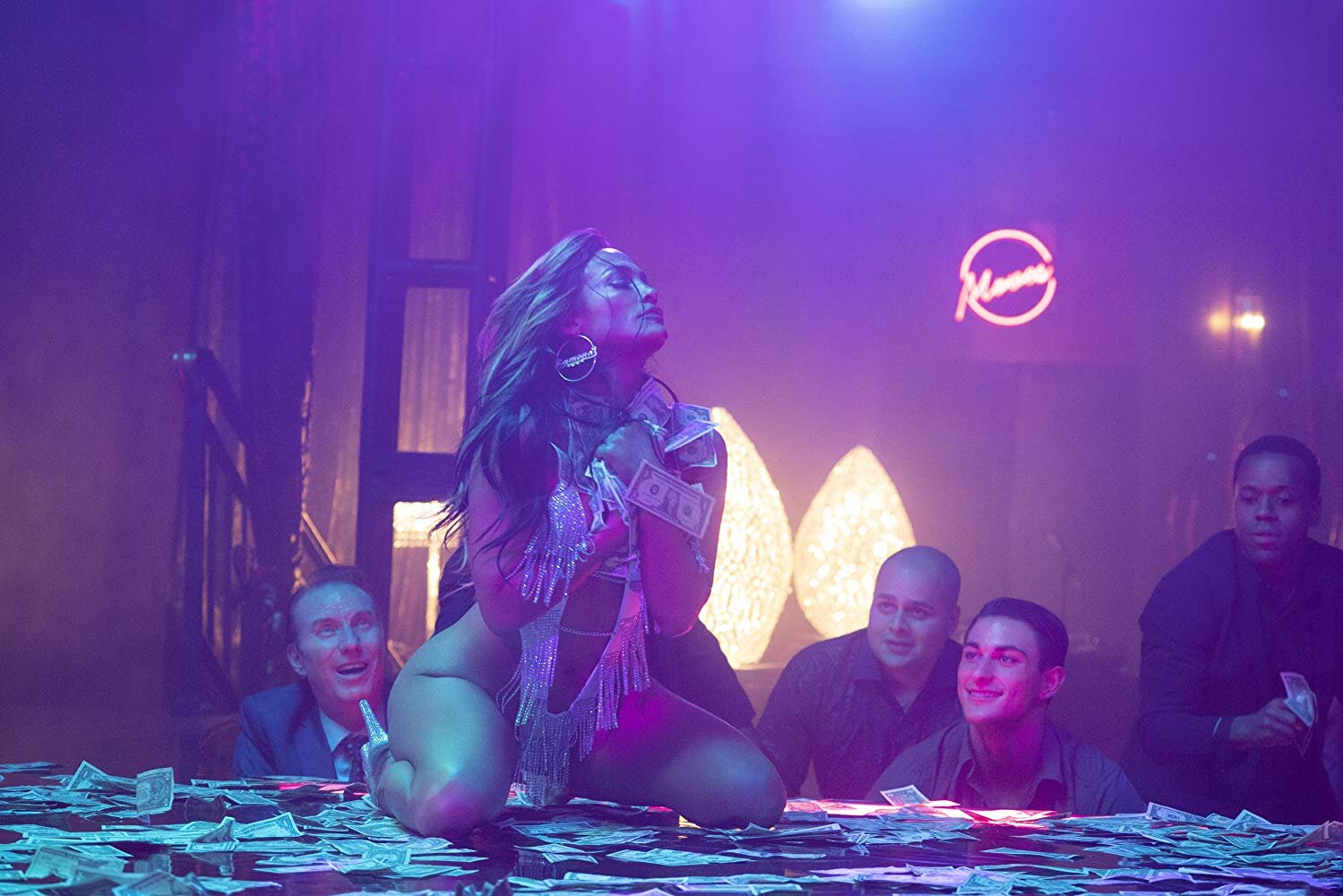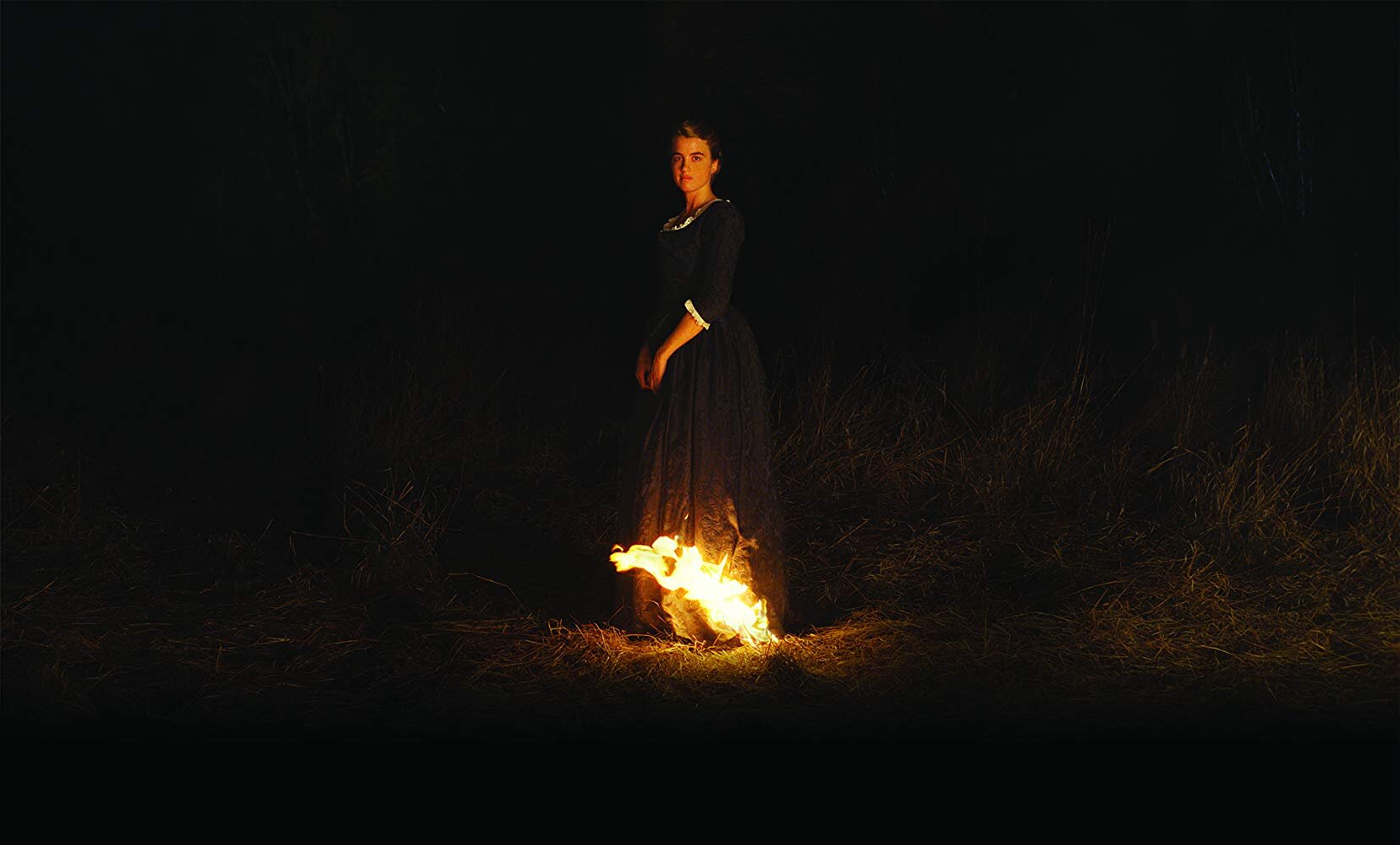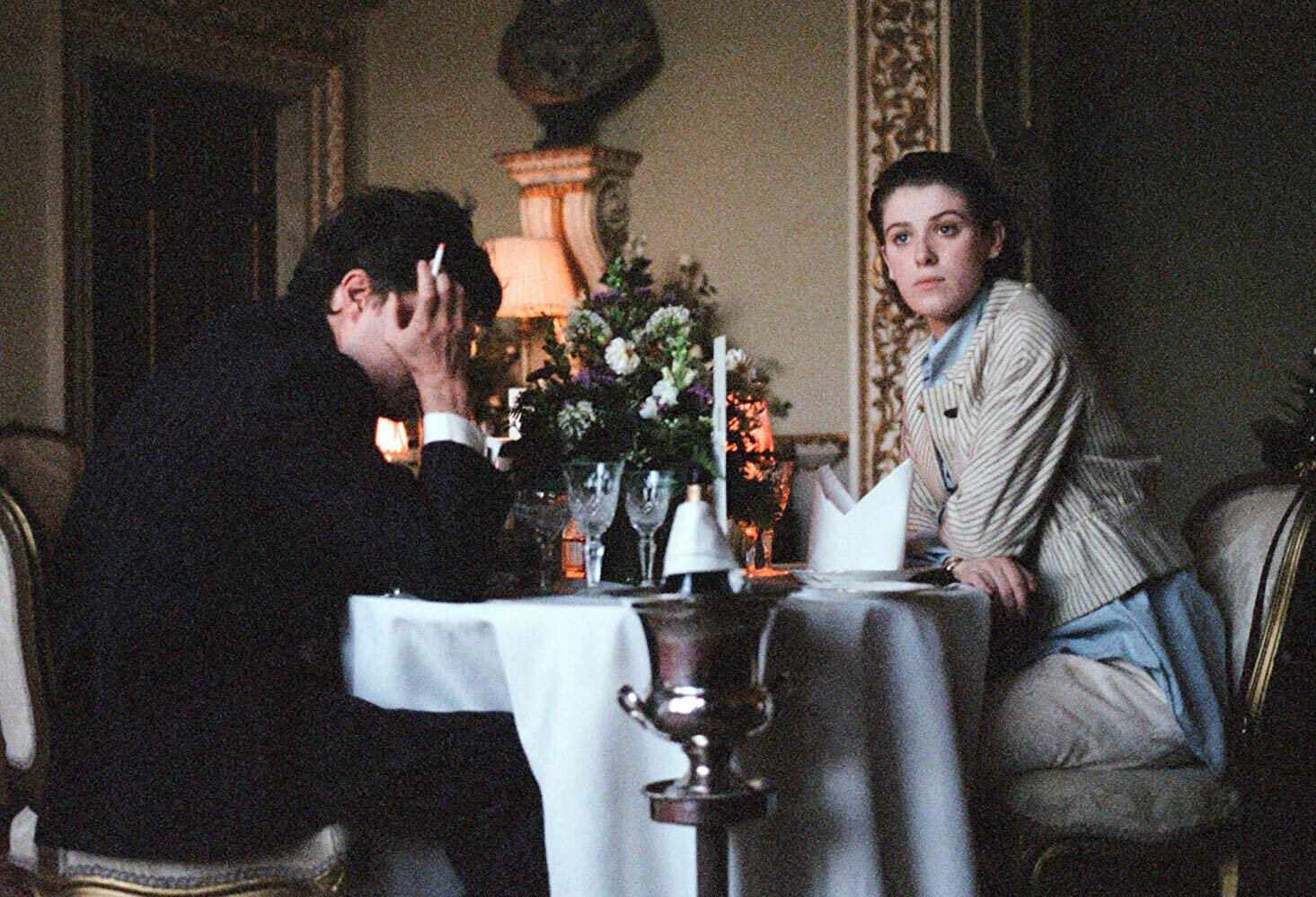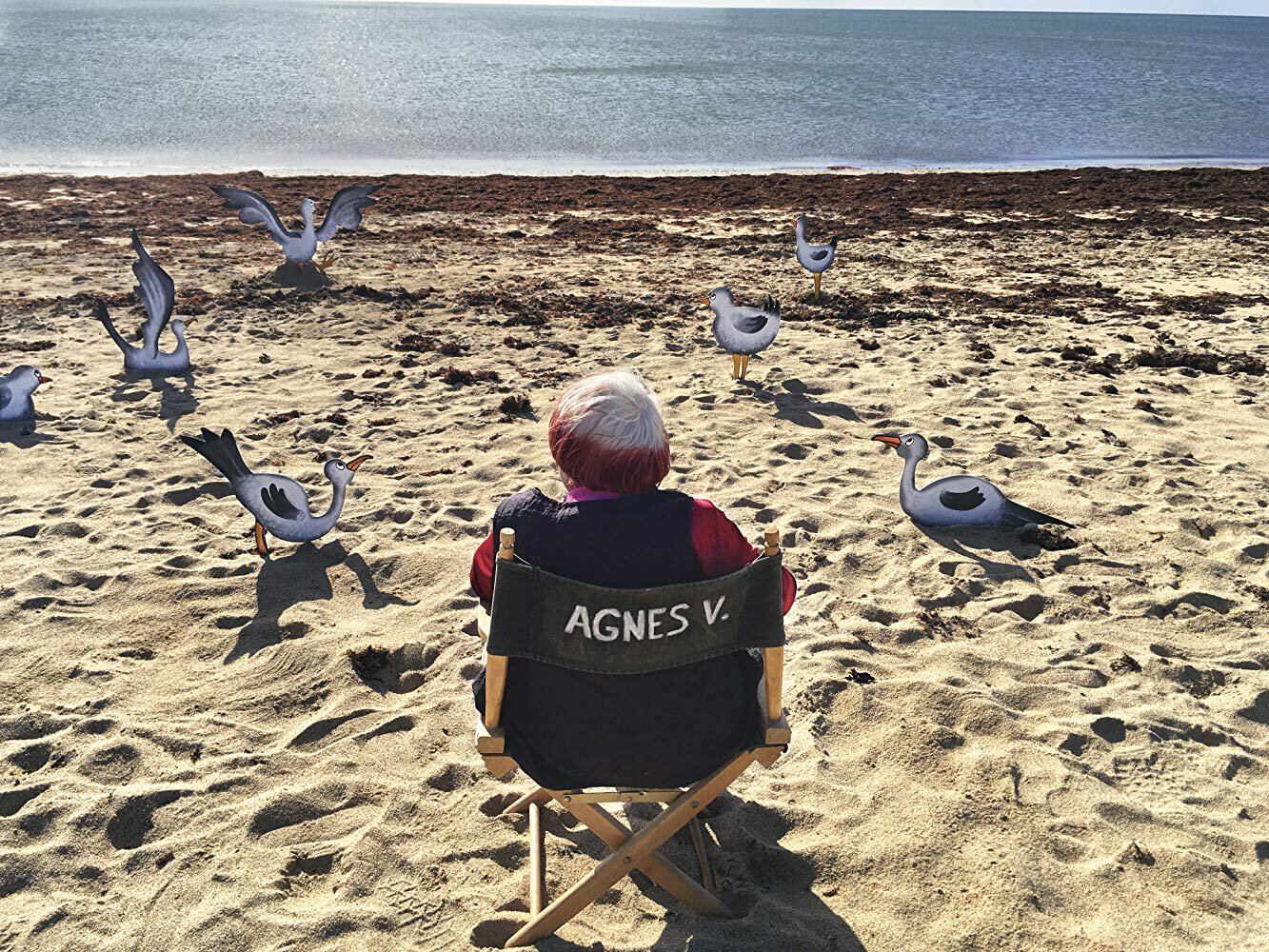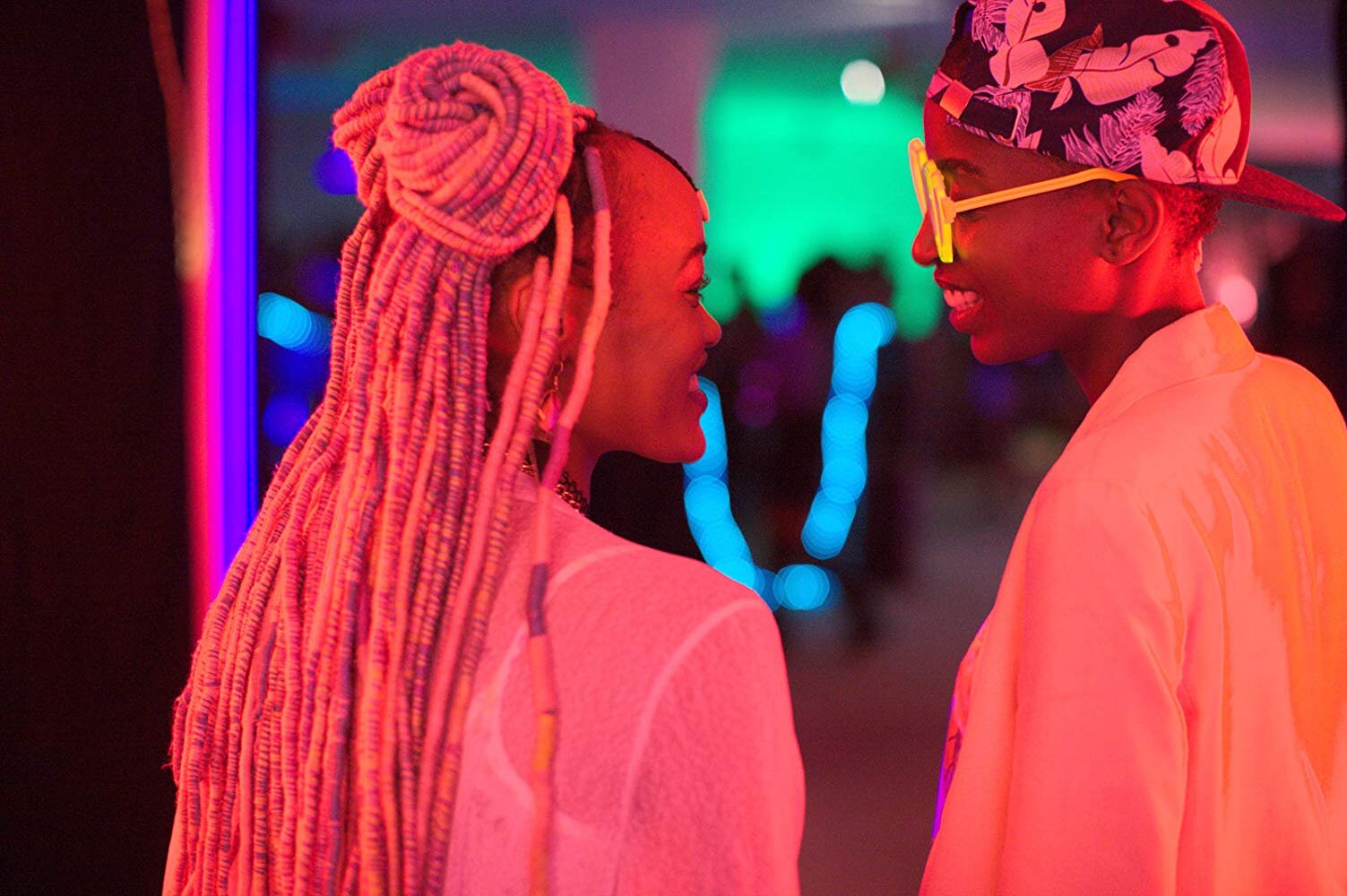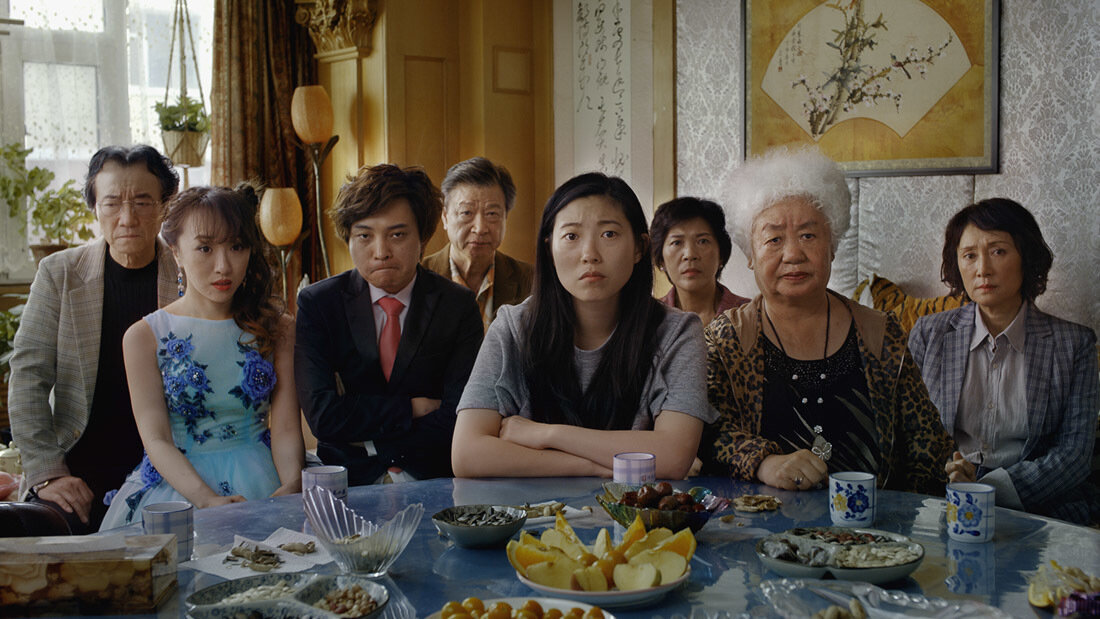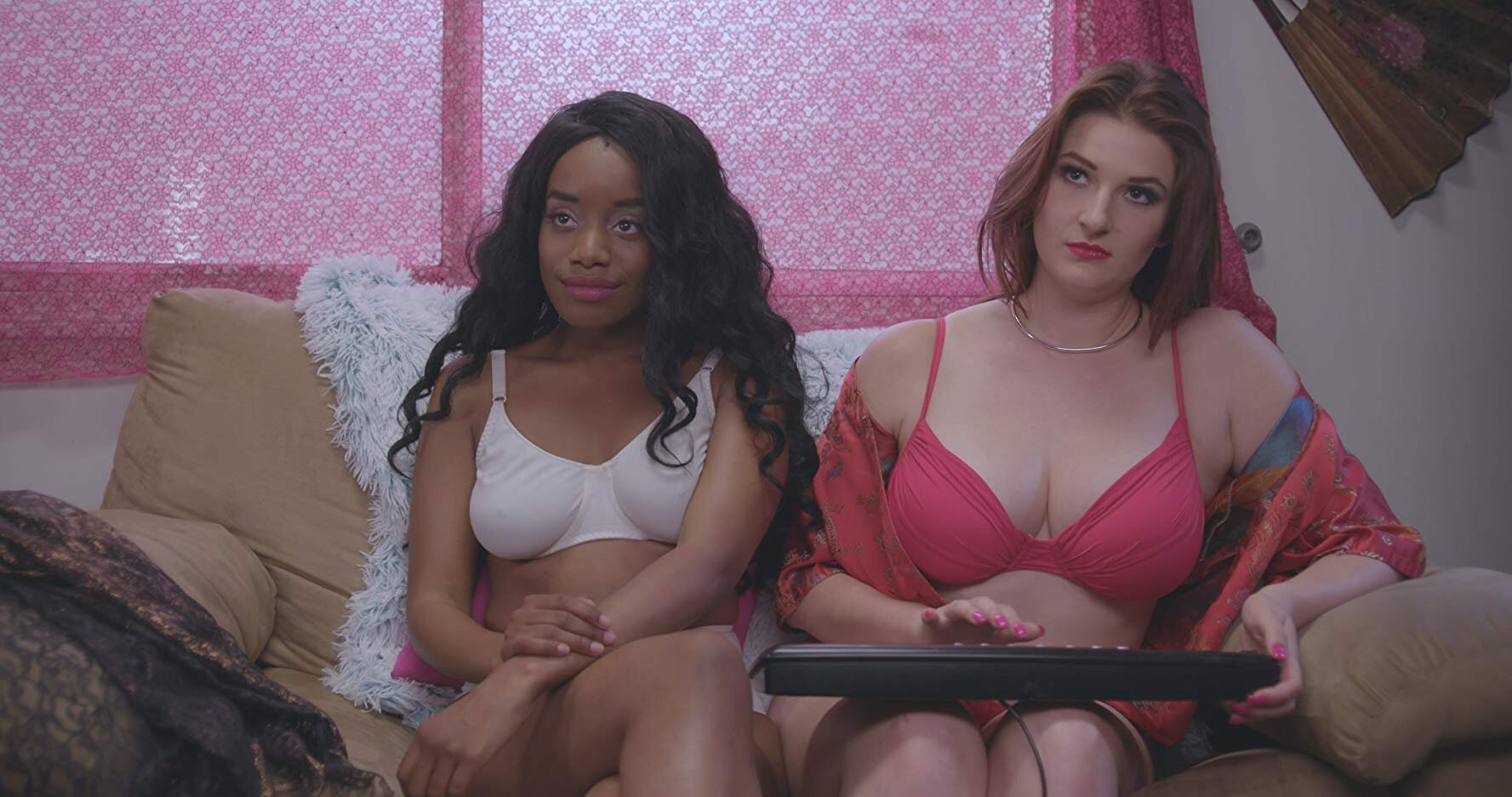By Andrea Thompson
“Wild Nights With Emily” is meant to evoke laughter and rage in equal measure. Rage against the forces that literally erase history, but also joy and humor for those who manage to contribute to it against all odds. It’s one of those rare films where a director’s perspective also feels like an insider’s view of an invisible, almost parallel history as seen via a great love story, one that happened to be between two women.
In such a case, calling director Madeleine Olnek a lesbian filmmaker isn’t identity poltics or an unneeded qualifier, it’s an important distinction, since she’s exploring what is in a very real sense her own history, one which she (pretty successfully) argues has been suppressed, despite ample evidence of its existence. She makes her case so well that it’s especially irksome that I can’t help but compare “Wild Nights” to another film about the reclusive poet Emily Dickinson, “A Quiet Passion,” even though it came out in 2016, a full two years prior.
Such is the case though, so might as well get the comparisons over with. “A Quiet Passion” was directed by Terence Davies (who is queer himself) and featured a marvelous performance by Cynthia Nixon as Dickinson. “Passion” doesn’t reduce the poet to a lovesick woman forever pining after a man by any means, but it does completely ignore the passionate, very sexual relationship Dickinson apparently had with her sister-in-law Susan, instead depicting Dickinson’s life as one dominated by loneliness, celibacy, and hardship. It serves as a kind of time capsule, capturing the sense of a life lived in a very specific time and place, with little to remind us of our own.
Screenshot
Screenshot
“Wild Nights” doesn’t so much counter such narratives as gleefully kick them to the curb in a fashion that ties our past into how we live now. It begins with a prim and proper narrator stating how there’s been far too much emphasis on Emily Dickinson’s (Molly Shannon) relationship with her sister-in-law Susan (Susan Ziegler)...as the two women start passionately making out, then fall to the ground, where the rest of their activities, tastefully concealed behind a couch, need no further implications. Just how do such open secrets remain undiscovered? According to Olnek, it’s because the society around them was so damn inept their affair was imaginable.
This means the men who populate the film, including Emily’s brother Austin (Kevin Seal), who was married to Susan, don’t come off well, but their unthinkingly casual sexism isn’t just pretty damn feasible, it’s familiar. Olnek’s goal is to rewrite the image we have of Emily Dickinson, and she makes a point to thank the sources of the research she uses as her foundation. To Olnek, Emily was that neighborhood weirdo you actually wanted to meet, who gives the neighborhood kids cool treats, and opted out of social gatherings not due to timidity, but lack of interest. She saw the people she wanted to, not those deemed mandatory for the sake of conformity. And because Susan and her family lived right next door, she had easy access to the person she wished to see most.
Perhaps one of the movie’s greatest accomplishments is allowing both women to occasionally be imperfect together, as well as happy. While “Wild Nights” does depict Susan as the kind of intelligent, loving partner we all long for, it also takes pains to portray their relationship as complicated, even prone to bouts of infidelity on Emily’s part at times. But really, when your other half is a talented poet, it’s rather difficult to stay angry. Their bond is also based on equality, with each balancing out the other and providing support, which is sorely needed, given that the male establishment was reluctant to publish Emily, who here is hardworking, ambitious, and eager for publication, rather than the shy, delicate woman who was too timid to show her work to others.
This is where Mabel (Amy Seimetz) the film’s villain, comes in. As “Wild Nights” tells it, she may be the one who is mostly responsible for Dickinson being published, albeit posthumously, but she accomplished it by essentially creating the image of her that we know today. She was also Austin’s mistress, and both were far less discreet about their affair than Emily and Susan, which had humiliating consequences for not only Susan, but their children. Yet Mabel is also not a one-dimensional villain. She too is ambitious, talented, and creatively stifled, longing for an outlet and constantly rejected by the smiling, condescending men around her. Publishing Emily allowed her to finally display her skills, and she was willing to work within the system to do it. She knew what would sell and what would not, as Susan’s daughter painfully discovered when she tried to correct the narrative being spun about her mother and her aunt to a mostly nonexistent audience.
But the movie also holds Mabel accountable. In Olnek’s eyes, her actions weren’t just a crime, but a kind of murder. For “Wild Nights,” this is the real tragedy, and the film refuses to wallow in Emily’s suffering by showing her decline in the days leading up to her death, saving its anger for how eager people were to rewrite her life before she was even buried. It must have been far easier to give Emily fame once she herself wasn’t around to complicate things by, say, contradicting the publishers who of course supported women’s rights and the need for their voices to be heard, but bemoan how they are “barely able to find any.” In the film’s brutal ending scene, a split-screen hammers the point home, with Mabel preparing Emily’s poetry and letters for publication by literally erasing Susan’s name from them while Susan was bathing Emily’s lifeless body for burial.
Screenshot
A bit much? Maybe, maybe not. The sound of Mabel’s erasure continues throughout the epilogue, which paints a picture of a truth that is continuing to slowly emerge over the last, oh, 100 years or so, from a time that was simultaneously more risque and constricted than most wanted to acknowledge. Even if Olnek has a few blind spots herself, managing to give Black men a few lines and a bit of a presence while not extending the same courtesy to Black women, she at least doesn’t pretend that our current time is so much better. Even if we’re finally starting to uncover the legacy of those who were never absent in the first place, their invisibility and the accompanying lies continue to endure.













